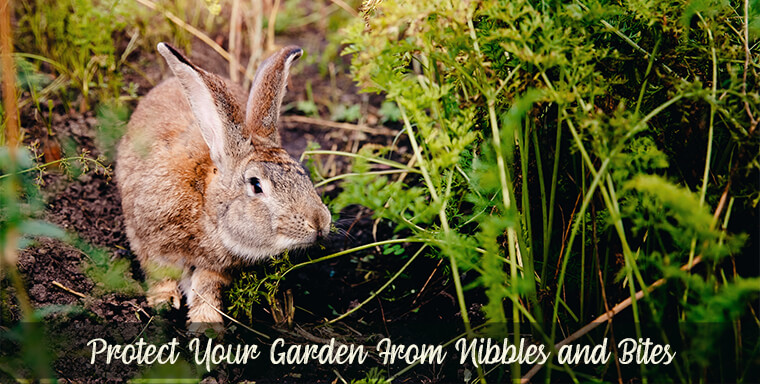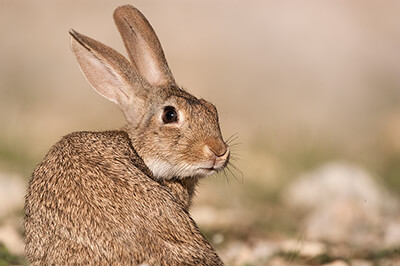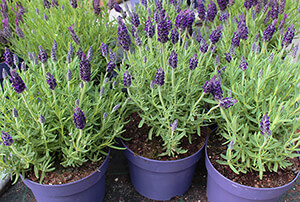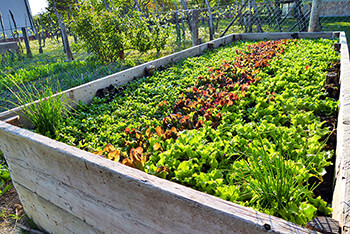 Back to the Be Inspired Blog
Back to the Be Inspired Blog

10 Easy Ways To Protect Your Garden From Common Animals and Pests (Part 1)
Planting and growing your own vegetables can be rewarding, but learning to protect your garden from pests and animals can involve a lot of trial and error – especially if you aren’t sure which common garden pest is helping themselves to a private salad bar. Here are the first 5 of ten ways to protect your garden from the experts at CountryLiving magazine.
Protect Your Garden from Pests & Animals In A Few Easy Steps
Step One: Identify The Culprit

Choosing the right kind of management method, such as how tall a fence you might need, means figuring out who’s eating what. Look for telltale signs:
- Deer may leave tracks in the soil and make clean snips on herbaceous plants or tear woody plants
- Rabbits make sharp cuts on herbaceous and woody plants and may leave pellet droppings
- Squirrels will split shells or husks of nuts, and dig up flower bulbs
- Birds peck holes in fruit or steal it before you even know it’s ripe
Step Two: Fence It
Fencing is the most effective way to protect your garden from pests and keep unwanted visitors out. A fence that’s two to three feet tall will work for most rabbits, although persistent ones may try to burrow underneath. To deter them, extend the fence about a foot underground.
Chicken wire, hardware cloth or rabbit fencing are the least expensive alternatives for small mammals. A fence that’s at least six to eight feet tall will work for most deer, and plastic bird netting can be placed over small edible bushes like berries before they ripen.

Step Three: Choose Less Tasty Plants
If they’re hungry enough, animals will eat anything. But there are certain kinds of plants that are less appealing than others – especially plants that are highly aromatic, fuzzy or have prickles. Take a look around your neighborhood to see what’s fared well and talk to your local nursery (like our gardening experts here at SummerWinds) for recommendations.
Step Four: Protect New Plants
If your seeds are starting to sprout, or maybe you’ve just brought home some starts from the nursery, animals and garden pests will be attracted to the tender new growth. The plant’s small size and new lease on life will leave them much less able to bounce back from grazing damage.
Protect your garden by installing a fence or using trunk wraps to protect new plants and shrubs, and a light net covering over planter boxes.

Step Five: Garden In Pots And Raised Beds
Sometimes you can protect your garden from pests and prevent animals from nibbling by elevating your pots or planting in raised beds. A raised bed two feet or taller will limit rabbit damage, especially if you add a short fence on top. Pots can be mounted on railings, or try planting greens in window boxes – and out of reach of hungry bunnies and deer.
Stay Tuned for Part 2, And More Tips on Protecting Your Garden From Pests and Animals
In this article we covered some steps you can take to protect your garden by choosing specific plants and designing planting areas that are hard to access. In part two we’ll cover several things you can around your yard to discourage, distract and deter pests and animals.
About SummerWinds Nursery: SummerWinds Garden Centers is a leading high-end retailer of garden and nursery products. Headquartered in Boise, Idaho, SummerWinds operates retail nurseries in the greater Phoenix, Arizona area, and in Silicon Valley, California, making it one of the largest independent retail nursery companies in the west. SummerWinds appeals to both the serious and casual gardeners, with a broad selection of premium gardening products and a friendly and knowledgeable staff.

